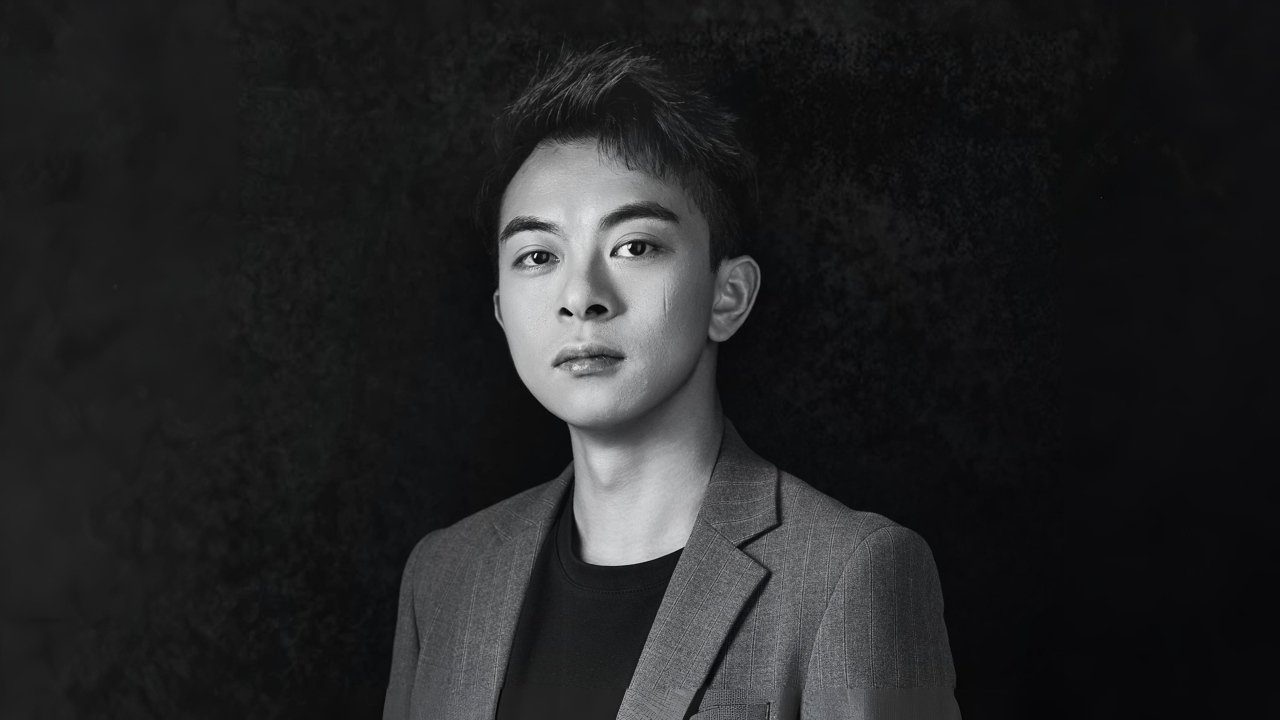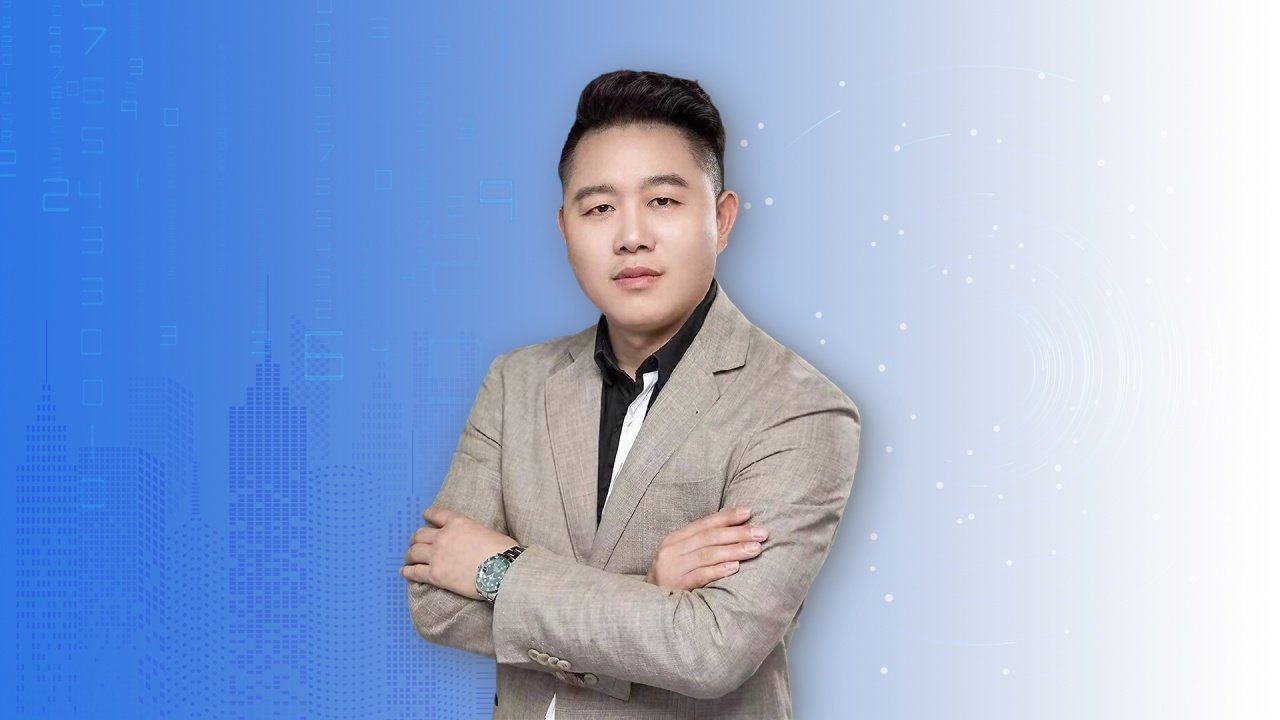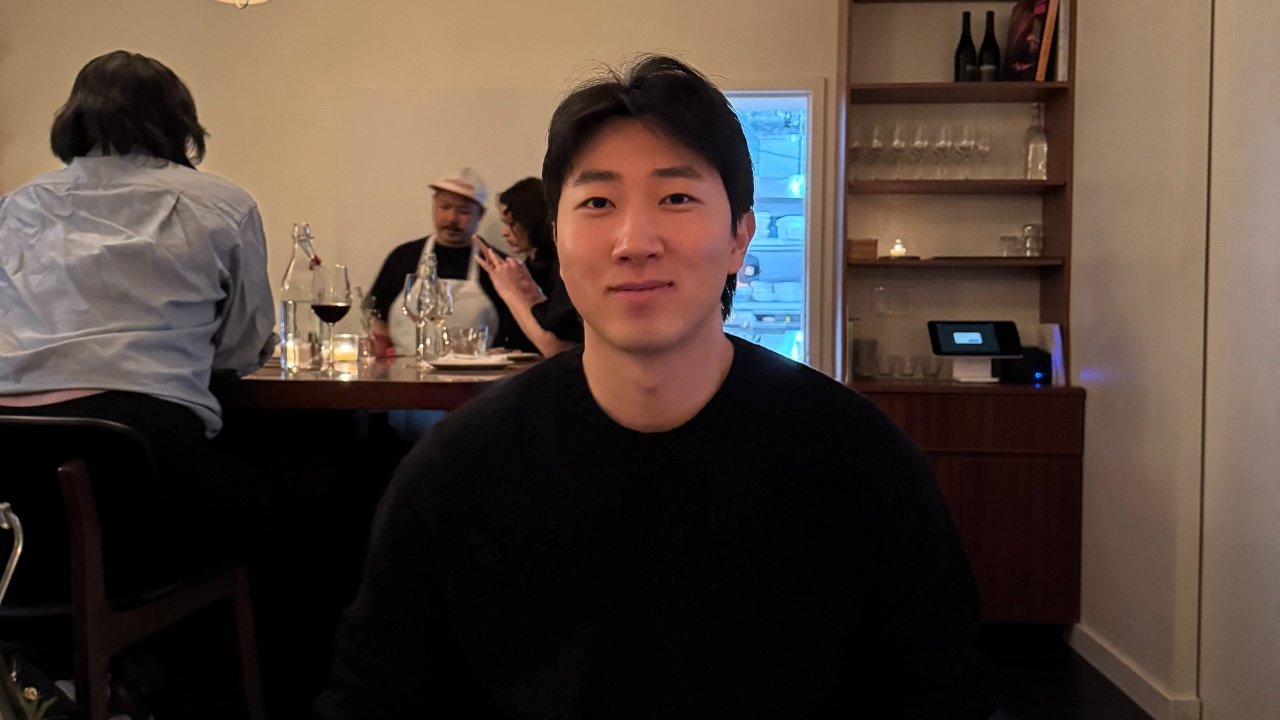
The Design Philosophy Behind Cryptomato, with Ying Ying Sun
June 17, 2025
Inside GET SPACE with Xinxing Wu: Where Light Meets Lifestyle
June 17, 2025Ruohong Wu
Ruohong Wu approaches design through the lens of interior architecture, treating space as a living system shaped by emotion, environment, and human behaviour. Her work extends from atmospheric detail to large-scale adaptation, merging sustainable strategies with cultural intent to build resilient, community-oriented environments.
I’m Ruohong Wu, and I come from a background in interior architecture, which has really shaped the way I approach design as both spatial storytelling and problem-solving. My education provided me with a strong foundation in understanding how people interact with space, not just functionally, but emotionally and psychologically.
What really drew me into design was the idea that spaces can do more than serve—they can inspire, adapt, and even protect. Studying interior architecture helped me understand the nuances of materiality, human scale, and atmosphere, but I’ve always been interested in pushing that further, into environmental performance and long-term resilience.
Over time, my focus has expanded from interiors to thinking about entire systems—how we can reimagine existing structures and integrate them with sustainable technologies. That’s what led to this project: a vision that combines adaptive reuse, climate-conscious design, and community-focused spaces.
Being recognised by the London Design Awards is a significant milestone in my career. It not only affirms my growth as a designer but also opens up new opportunities for collaboration, visibility, and credibility within the industry.
As someone with a background in interior architecture, this recognition helps me reach a wider audience and positions me to take on more ambitious, interdisciplinary projects. It’s a strong encouragement to keep evolving and challenging myself creatively and professionally.
Winning this award has been a meaningful boost to my career. It’s helped increase visibility for my work and opened up new professional connections—both within the design community and beyond. I've been approached for potential collaborations and invited to share more about my process, which is really encouraging.
It’s been a proud moment that reinforces the importance of pushing creative boundaries. It’s also brought more attention to our collective capabilities, which has sparked interest from clients and peers alike. Overall, it’s created momentum and motivation to keep striving for meaningful, impactful design.
Experimentation plays a central role in my creative process—it’s how I move beyond conventional solutions and start asking “what if?” Especially coming from an interior architecture background, I’m always exploring how materials, systems, and spatial experiences can evolve in response to new challenges.
For example, in this winning project, I experimented with the idea of adaptive architecture—designing a structure that could float, shift, and respond to rising sea levels. This pushed me to think about mobility, autonomy, and sustainability in new ways.
From floating bridge systems to self-sustaining off-grid features, every element was an opportunity to test unconventional ideas and turn constraints into innovation.
One of the most unusual sources of inspiration I’ve drawn from is the story of Noah’s Ark. It might sound unexpected for an architecture project, but the idea of creating a self-contained, resilient shelter that can withstand floods really resonated with me.
This ancient narrative sparked the concept of designing a floating structure that’s not just a building, but a kind of modern-day ark, providing safety, sustainability, and adaptability in the face of rising waters. It was a reminder that sometimes, looking to myths and stories can open up fresh perspectives on very real, contemporary challenges.
One thing I wish more people understood about the design process is that it’s rarely a straight line from idea to final product. Design involves a lot of exploration, iteration, and even failure before arriving at a solution that truly works.
It’s about asking questions, testing possibilities, and being open to change—sometimes completely rethinking initial concepts. This process takes time, patience, and collaboration, but it’s what allows designs to be both creative and meaningful.
Navigating the balance between client expectations and my own design ideas is really about open communication and mutual respect. I start by deeply understanding the client’s goals and constraints, which helps me frame my ideas in a way that aligns with their vision.
At the same time, I stay committed to the core principles and values that guide my work, whether that’s innovation, sustainability, or user experience. Often, it’s about finding creative compromises that satisfy both sides, turning challenges into opportunities to develop even stronger, more thoughtful designs.
One of the biggest challenges was designing a structure that could adapt to rising water levels while remaining functional, safe, and inviting. Balancing technical requirements—like the floating bridge and pillar system—with creating a welcoming space pushed me to think both creatively and practically.
Another challenge was integrating off-grid systems seamlessly, so the design didn’t feel like a collection of technologies but a cohesive, livable environment. To overcome these, I relied heavily on iterative experimentation, testing different configurations and materials, and collaborating with engineers to refine solutions. This process of trial, feedback, and adjustment was key to turning complex challenges into innovative design features.
When I hit a creative block, I find stepping away from the project really helps. Visiting museums and exhibitions often sparks new ideas by exposing me to different perspectives and forms of creativity. I also enjoy reading—whether it’s design theory, history, or even fiction—to recharge my mind and find unexpected inspiration.
Changing my environment and immersing myself in other creative worlds helps me return to my work with fresh energy. I also revisit early sketches or discuss challenges with colleagues, which often opens up new possibilities and breaks the block.
I bring a strong sense of responsibility toward sustainability and resilience into my designs—values shaped both by my education in interior architecture and my deep concern for the environment. I believe architecture should do more than serve immediate needs; it should anticipate future challenges and support long-term well-being.
Personally, I’m inspired by stories of adaptation and survival, like the idea behind Noah’s Ark, which reminds me that design can be a form of care and protection. I also value creating spaces that foster connection between people and nature. These values guide me to create designs that are not only functional and beautiful but also meaningful and forward-looking.
My advice to aspiring designers is to stay curious and embrace the process of continuous learning. Don’t be afraid to experiment and make mistakes—those moments are where the most valuable insights often come from.
Also, build strong relationships and seek out mentors. Design is as much about collaboration and communication as it is about creativity. Finally, stay true to your values and let your passion guide you, especially when tackling complex challenges like sustainability or social impact. Success comes from combining skill, resilience, and purpose.
If I could collaborate with any designers, I would choose Neri&Hu. Their work beautifully blends architecture and interior design with a deep respect for cultural context and materiality, which really inspires me as someone trained in interior architecture.
I admire how they balance modern innovation with tradition, creating spaces that feel both timeless and fresh. Collaborating with them would be an incredible opportunity to explore new ways of integrating storytelling, craftsmanship, and sustainability into adaptive design—something very close to my own practice.
One question I wish people would ask me is: “How does your work inspire people to think differently about their relationship with the environment?”
My answer would be that I see design as a powerful tool to bridge awareness and action. Through thoughtful architecture, I aim to create spaces that not only respond to environmental challenges but also engage and inspire people to imagine new ways of living sustainably.
It’s about sparking curiosity and empathy—helping people feel connected to the pressing issues of our time, and empowered to be part of the solution.
Winning Entry
Life Above Water | 2025 London Design Awards
Climate change is happening. In the near future, coastal areas might face more severe weather conditions, and rising sea level. The climate question is becoming one of both "resilience" in the face of change, and the likely need for the "managed retreat" of our built environment and... (read more here)
Ruohong Wu
Ruohong Wu approaches design through the lens of interior architecture, treating space as a living system shaped by emotion, environment, and human behaviour. Her work extends from atmospheric detail to large-scale adaptation, merging sustainable strategies with cultural intent to build resilient, community-oriented environments.
Read more about how Yuliya Nip Designs Jewellery You Don’t Just Wear But Carry here.






